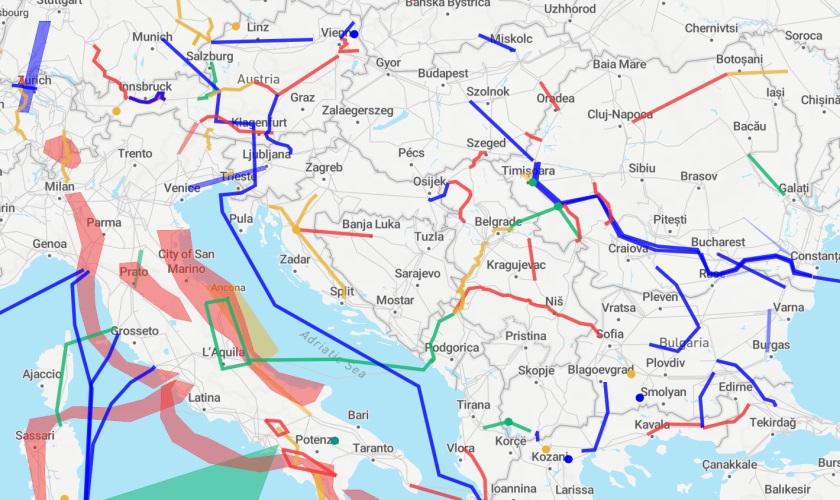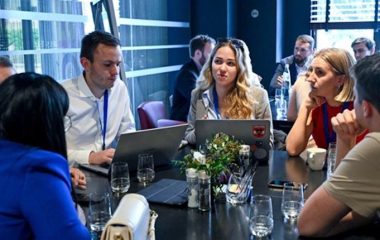
Photo: 41330 on Pixabay
A few months after the Greek government started pushing for the Green Aegean Interconnector, the European Network of Transmission System Operators for Electricity (ENTSO-E) published the route of the new project.
According to Independent Power Transmission Operator’s (IPTO) chairman and CEO Manos Manousakis, the aim of the Green Aegean Interconnector project is to transfer surplus wind power from the Aegean Sea to the industrial centers in Central Europe.
The initial route goes through the Adriatic Sea, without branching off to Western Balkan countries or Croatia. After reaching land in Slovenia, the Green Aegean would then turn northward to Austria and from there to Germany and Munich.
However, it does not necessarily mean there will not be smaller lines along the way eventually to reach these other Balkan markets. We should note that Croatian Transmission System Operator (HOPS) recently entered talks with Greece’s IPTO and other peers in the region about the possibility of being included in the project.
According to the submission made to ENTSO-E, the new line is expected to be completed by the end of 2035. Preliminary studies have placed the cost at EUR 7 billion to EUR 8 billion. The countries involved are carrying out cost-benefit analyses.

North-South Electricity Corridor included
Another significant multinational energy project is the North-South Electricity Corridor in Eastern Europe. Germany, Poland, the Czech Republic, Romania, Slovakia, Bulgaria and Greece submitted their initiative to ENTSO-E in October 2023.
Now the operator’s map has been upgraded to include the links. There are two between Greece and Bulgaria, namely from Lagadas to Blagoevgrad and from Nea Santa to Maritsa East. Both would be 400 kV, planned to be completed by 2036.
Tsachev: New corridor aims at exporting solar power
Another proposed line is from Tsarevets to Zlatitsa inside Bulgaria and one would connect Svoboda with Romania’s capital Bucharest.
Executive Director of Bulgaria’s Electricity System Operator (ESO) Angelin Tsachev revealed back in September that the project would enable the transmission of solar power from the continent’s southeast, where in some areas there are 1,700 to 1,800 sunny hours per year. It compares to 900 hours in countries like Poland and Germany.


















Be the first one to comment on this article.